Introducing Arweave’s Tech Ecosystem (Part 1)
This post is based on the speech that outprog, the everFinance’s founder who proposes the SCP (Storage-based Consensus Paradigm) theory, gave on BeWater Live. It is intended to give you the whole picture of Arweave’s tech ecosystem by delving into Arweave, SmartWeave and SCP, as well as the two-layer model that integrates PoW and PoS.
This post is divided into three parts, each of which centers on the following content:
- Why is perpetual storage economically viable
- How does Arweave ensure miners store all the data
- Blockweave technology
- Implicit incentive mechanism
- SmartWeave
- Storage-based Consensus Paradigm
- The Web3 Era of Infinite Scaling
- everPay Architecture
3. The Two-layer model that integrates Permanent Storage and PoS
- The Design of KYVE
- The Design of Koii that Integrates Permanent Storage and Pos
- Conclusion
Part1: How Arweave Works
This is the first part of “Introducing Arweave’s Tech Ecosystem”.
Hello, everyone! I dove into the blockchain industry in 2018 as a developer at imToken to work on the DEX Tokenlon and its iterations. During this period, I had been studying DeFi, I became an early user and researcher of the popular Uniswap as well as Compound.
When developing for imToken and interacting with DeFi apps, I encountered numerous problems. For example, managing seed phrases and paying miner fees is hard for users to comprehend. Over the past few years, I have been trying to recommend some friends of mine working at Alibaba and banking to use decentralized light wallets. However, it turns out that decentralized wallets are still desperately unpopular for their high user threshold. Fortunately, I saw a new direction for lowering the user threshold when I learned about SmartWeave, which is Arweave’s smart contract protocol, from UncleMeow, and the perpetual storage blockchain Arweave from ZengMi at a seminar held by SparkPool last July.
Since the established public chains like Ethereum are inherently unable to provide a premium experience for ordinary users at the infrastructure level, even the most elaborately devised products cannot remove obstacles to the use of blockchains. However, Arweave has the potential to become the basis of a new paradigm, making the blockchain world truly open to ordinary users.
When you perpetually store a file in Arweave, the file data will be stored by hundreds of nodes and can be accessed by Arweave gateway or any of the Arweave nodes.
Before being part of the blockchain industry, I studied IPFS and learned how to use distributed hash tables to retrieve data across the network in a decentralized way. However, IPFS has its own flaws for lack of an incentive layer for file data storage. For example, when your server shuts down, your file might disappear if it is not synchronized by the network.
Arweave builds a new mechanism for perpetual storage. What makes it different from Filecoin is that it charges a one-time, up-front fee for perpetual storage, which is made possible by its unique theoretical model.
1 Why is perpetual storage economically viable?
To answer this question, we need to understand the fact that the storage cost is decreasing over time, which conforms to Moore’s law. According to official statistics, the storage cost reduces by nearly 30% every year. This makes it possible for us to calculate the total cost of perpetual storage, which converges to a constant as the storage cost keeps going down. In Arweave, the constant is weighted to determine the fee charged for storing data permanently.
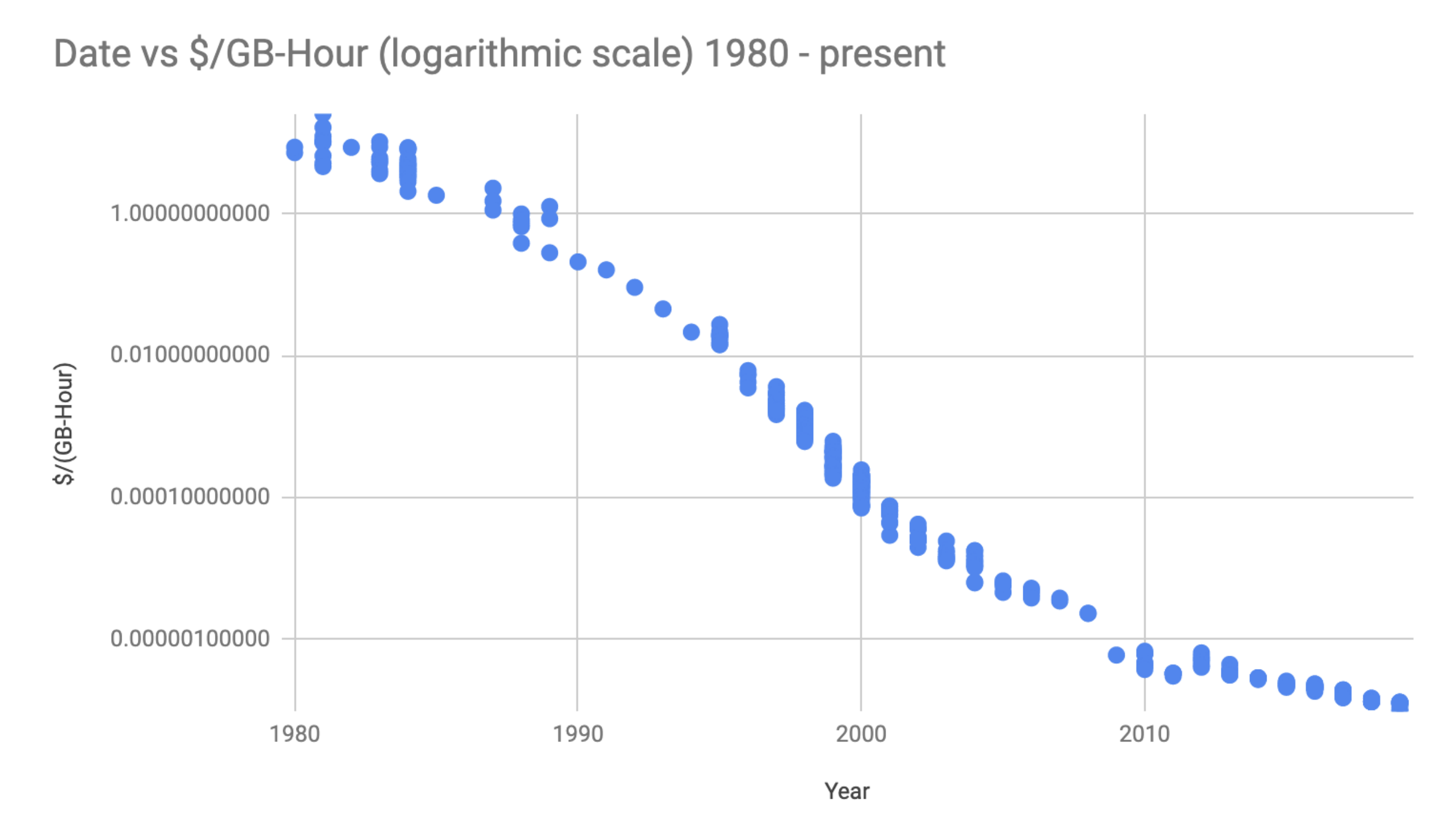
2 How does Arweave ensure miners store all the data?
So how does Arweave prevent the loss of files stored in it? Behind it is data staking at play.
On Arweave, data is deemed valid after it is included into the chain. Miners can stake any amount of valid data, for example, 10 MB or even 20 TB (i.e. the entire data size of the network). For miners, the more data they store, the more AR tokens they can obtain. This makes it so that miners are incentivized to store data in Arweave.
3 Blockweave technology
The core technology that powers Arweave is the blockweave. How does the blockweave work?

Simply put, it requires a random historical block to create a new block. It means that the miner who stores the largest number of historical blocks is the most likely to mine a new block. If a miner does not store the required historical data, the hashrate that he needs to mine a new block will increase exponentially.
That being said, storing more data is the optimal and most profitable option for miners.
4 Implicit Incentive Mechanism
Besides, there is an implicit incentive mechanism on Arweave that protects users against file loss. When a chunk of scarce file data is required in a new block, the miners that happen to store it have advantages over other miners, who have to consume more computing power to solve the PoW puzzle.
Obviously, storing scarce data makes it faster for miners to mine a new block. In order to increase their competitiveness in mining, miners are incentivized to synchronize scarce data, which will become no longer scarce.

As a consequence, the files you store in Arweave will be spread all over the network in a distributed way to avoid being lost to the greatest extent.
1.资讯内容不构成投资建议,投资者应独立决策并自行承担风险
2.本文版权归属原作所有,仅代表作者本人观点,不代表本站的观点或立场
您可能感兴趣
-
ERC-8021 提案解读:让以太坊复制 Hyperliquid 的开发者造富神话?
平台作为基础,为数千个应用提供构建和盈利的可能。作者:Jarrod Watts编译:深潮TechFlow应用开发者正在悄然通过在 Hyperliquid 和 Polymarket 等平台上构建应用,利
-
Canton Coin:我们应该如何看待 FDV ?
Canton Coin (CC) 的发行量没有硬性上限,但每一笔交易都会销毁 CC,从而抵消新增的发行量。作者:Canton Network很多人看到 Canton Coin (CC) 的发行曲线,
-
加密世界的冰与火:崩盘、停摆与机遇
对于稳健型投资者:保持耐心,当前市场方向未明,保留充足的现金是上策。作者:Hotcoin Research加密市场表现当前,加密货币总市值为 3.46 万亿美元,BTC占比 59%,为 2.04万亿美
-
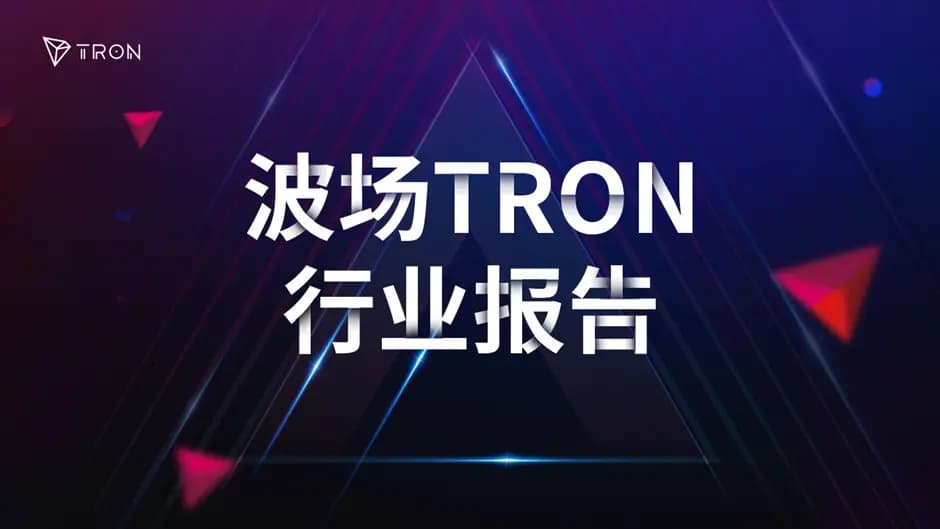 波场 TRON 行业周报:QE 预期强扭市场颓势,VC 押宝将预测产品转化为 DeFi 产品的Limitless Exchange
波场 TRON 行业周报:QE 预期强扭市场颓势,VC 押宝将预测产品转化为 DeFi 产品的Limitless Exchange一.前瞻 1. 宏观层面总结以及未来预测 上周,美股上周整体走弱。三大股指连续第三周下跌,道琼斯指数周跌约 1.4%,标普 500 下跌 1.8%,科技板块领跌,纳斯达克累计下挫逾 2%。企业财报普遍
-
Hotcoin Research | 稳定币公链崛起:重塑数字金融的基础设施新秩序
本文将系统梳理稳定币链的特点,对加密市场的影响,盘点当前最受瞩目的稳定币公链项目。作者:Hotcoin Research 一、引言近期,稳定币市场经历了冰火两重天的局面:一边是Ethena的USDe因
-
 预测市场行业研究报告:Polymarket 领航,双雄争霸与未来展望
预测市场行业研究报告:Polymarket 领航,双雄争霸与未来展望第一部分:预测市场的定义与运作机制 预测市场是一种通过市场机制来聚合信息、预测未来事件结果的平台。其核心运作方式是,用户可以就某一特定未来事件(如选举结果、经济数据发布、体育赛事胜负等)的各种可能结果
-
晒持仓、跟大 V、一键复制:当投资社区成为金融新基建
正在构建这层基础设施的平台,正在为散户投资者的运作方式打造永久的市场架构。作者:Boaz Sobrado编译:深潮TechFlow2025年1月23日,著名的“狗戴帽”(Dogwifhat)梗图中的狗
-
Ripple 又融了 5 亿美金,投资者是在打折买 $XRP 吗?
该公司以 400 亿美元的估值筹集了资金,但它已经拥有价值 800 亿美元的 $XRP。作者:Steven Ehrlich编译:深潮TechFlowRipple 公司以 400 亿美元估值完成了5亿美
- 成交量排行
- 币种热搜榜
 OFFICIAL TRUMP
OFFICIAL TRUMP Oreo Defi Finance
Oreo Defi Finance Pepe
Pepe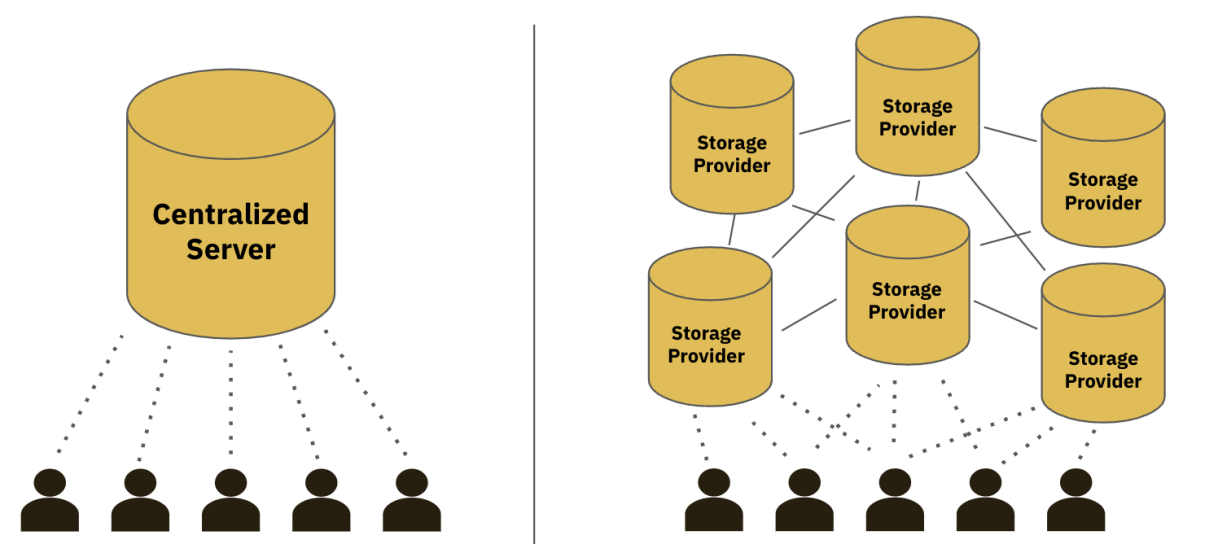


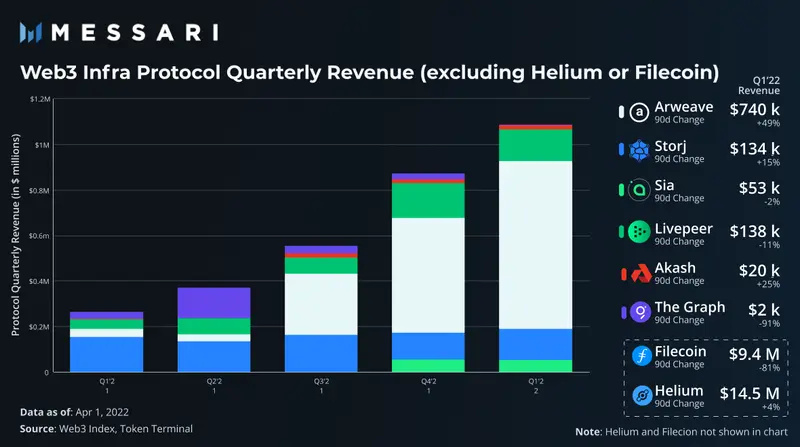

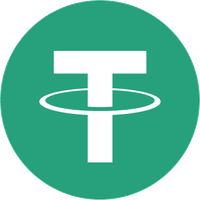 泰达币
泰达币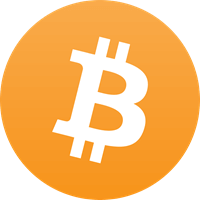 比特币
比特币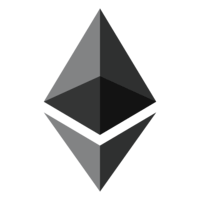 以太坊
以太坊 USD Coin
USD Coin Solana
Solana First Digital USD
First Digital USD 瑞波币
瑞波币 大零币
大零币 币安币
币安币 莱特币
莱特币 狗狗币
狗狗币 Wormhole
Wormhole FIL
FIL ICP
ICP AR
AR ZEN
ZEN OKB
OKB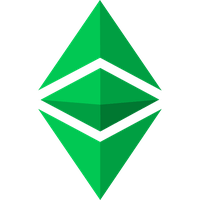 ETC
ETC NEAR
NEAR BSV
BSV EOS
EOS XCH
XCH DOT
DOT